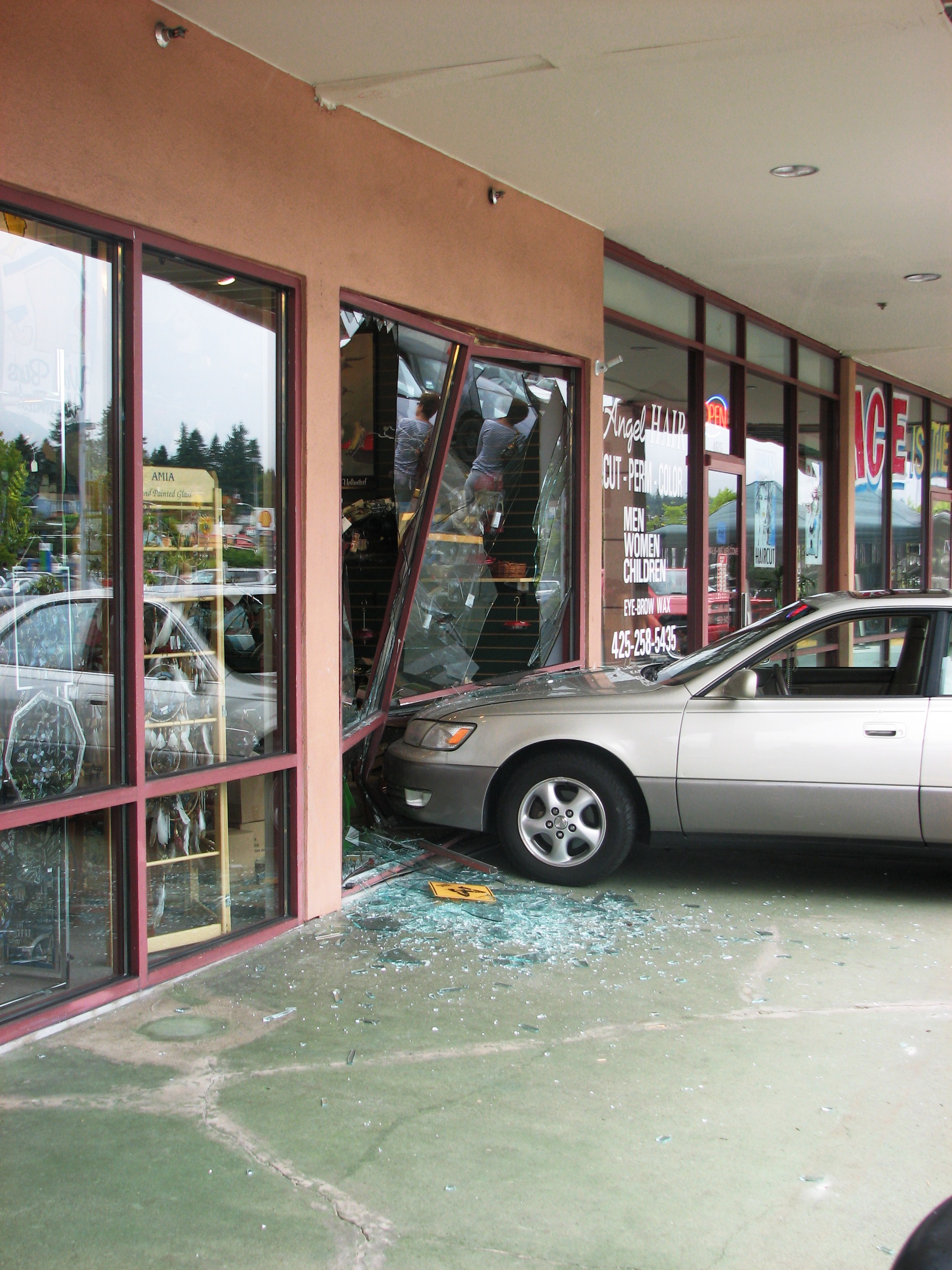 High heat and construction work are simply not compatible. Yet, the work must get completed. Workers must wear protective clothing and gear which diminishes the body’s capacity to shed heat. This fact combined with high heat creates specific exposures which require vigilant monitoring.
High heat and construction work are simply not compatible. Yet, the work must get completed. Workers must wear protective clothing and gear which diminishes the body’s capacity to shed heat. This fact combined with high heat creates specific exposures which require vigilant monitoring.
Short-term exposures to heat and humidity:
- Prevention: Drink plenty of water – a good test is the employee must urinate every three hours at a minimum, two hours is better. If they do not need to urinate, they are not getting adequate fluids. Wear breathable clothing such as cotton. Work in the shade or indoors as much as possible, take frequent water breaks in the shade.
- Heat exhaustion: the stage prior to heat stroke when many symptoms from dehydration can be noticed. Any dizziness, nausea or vomiting, cramping, or sudden weakness requires immediate attention. Headaches, blurred vision or unusual fatigue can be signs of heat exhaustion. Rest the worker in the shade, loosen tight clothing and provide water. Observe the employee for several minutes. If they quit sweating or any symptom becomes worse, or they breathe rapidly or have a quick pulse, seek emergency medical help immediately.
- Heat stroke: LIFE THREATENING. Add these to the heat exhaustion symptoms:
- Hallucinations, confusion, disorientation, illogical behavior
- High body temperature, red or pale skin, difficulty breathing
- Unconsciousness or coma
Seek immediate professional help for these symptoms.
Bacteria carrying insects love this weather. Lyme disease and West Nile Virus are not uncommon. Prevention includes spraying mosquito deterrent and checking for ticks.
Long-term exposures include skin cancer. Wear protective clothing and use sunscreen.
Common sense goes a long way to prevent over-taxing workers. If a concrete pour is scheduled for an extremely hot day, postpone. You’ll spare your employees heat related discomfort, and the odds of getting the concrete in before it sets is remote at best.
Remember your machine operators too. Check on them throughout the day and carefully observe their performance. Any signs of erratic behavior needs to be addressed immediately. Even air conditioned cabins can create dehydrating condition in the hot sun.
If you want your crew working Friday, you need to supply plenty of water and shaded rest breaks Monday through Thursday. The body can only take so much heat.
Read more
 Create a safety culture within your organization. Let every employee know safety is the number one employee benefit. The top executive takes the lead and mentions some safety news in every company meeting. Simply talking and promoting safety is time, it does not cost a great deal of money.
Create a safety culture within your organization. Let every employee know safety is the number one employee benefit. The top executive takes the lead and mentions some safety news in every company meeting. Simply talking and promoting safety is time, it does not cost a great deal of money.
Some specifics:
Drivers must use seat belts, must be sober and drug free, not use cell phones or text while driving, and not pick up unauthorized passengers. At least semi-annually, drug test every driver and check their driving records. Randomly test one quarter of the drivers every three months. Establish a threshold for tickets and accidents, and stick to that standard. These minimum safety standards cost about as much as a tank of gas in a pick-up.
Supply personal safety protective equipment for employees. Although this requirement comes from OSHA regulations, it’s a great investment too. One eye wash at the local doc in the box costs about as much as a hundred pairs of safety glasses.
Harnesses to tie off workers at heights cost little next to broken bones and death from a fall.
Hard hats are about fifteen to twenty dollars each. Closing a head wound runs about five thousand.
Reflective vests or coveralls, again, cost much less than a man versus loader collision.
Now, suppose you could save five percent of your workers’ compensation premium for the next three years from reduced experience mod or lower premium rates. You can afford to make the investment in safety equipment.
Consider an incentive program like this: quarterly bonus for no injuries and perfect prompt attendance. Perhaps pay everyone who meets those criteria an extra fifty cents per hour for the quarter. This extra pay amounts to about one hundred dollars per month. Wouldn’t it be worth everyone earning it? Or, maybe one quarter the earners get a pair of Red Wing boots, a gift card to their favorite tool store, a gift card oriented towards their spouses, a flat screen television or use your imagination.
Small investments in safety awareness and loss prevention do pay large dividends in reduced losses.
Read more

Workers’ compensation requires an end of the policy year audit to assure proper premium is charged. This process protects both the insured and insurers.
Think through this process to make it easier, and cost saving. First, choose a policy year that creates an easy audit. The calendar year works for many companies. You already must report payrolls to the US government, the paperwork is essentially done. Calendar quarters work for the same reason.
If you prefer to use your corporate tax year, go ahead. If you complete quarterly profit and loss, you can use a financial quarter. But choose an annual period which already has an audit trail.
Keep payroll records separate for each workers’ compensation classification. Normally, this record keeping is straightforward. The same people specialize in certain tasks: clerical, sales, labor, or drivers.
Some operations can be more complex. If labor crosses from one specialty to another, perhaps a carpenter helps pour a concrete slab, that payroll should be split on an hourly rate. The higher rate applies otherwise.
Demand any subcontractor, for example a hood cleaning crew for a restaurant, provide a Certificate of Insurance (COI). Technically, insurance companies can charge for the payroll portion of any contracted work in the absence of a COI.
If you use to a non-covered contractor, keep those records to properly assign a discount for premium.
Lastly, keep records to isolate overtime pay. Overtime payroll receives a discount for premium purposes.
Make audits easier. Choose a convenient policy period. Keep records for independent contractors with COIs, and payments to those without. Isolate overtime pay. Segregate individual payroll by classification if that individual works in multiple job descriptions.
Your premium will be more accurate with a minimal additional management effort. And, the default position is always to increase payroll, and therefore, premium.
Read more
 According to the California Occupational Safety and Health Act of 1973, every employer in the state is legally obligated to provide a safe workplace that is free of hazards. As part of that regulation, each employer is also required to have an Injury and Illness Prevention program. The following are practical tips that can be implemented to help reach the above goals.
According to the California Occupational Safety and Health Act of 1973, every employer in the state is legally obligated to provide a safe workplace that is free of hazards. As part of that regulation, each employer is also required to have an Injury and Illness Prevention program. The following are practical tips that can be implemented to help reach the above goals.
Use Personal Protective Equipment
Depending on the job, there are different types of personal protective equipment that are a necessity to keep employees safe. Goggles are a must in any workplace environment that involves dust, chemicals or other objects that could injure the eyes. In workplaces where heavy objects could fall on the heads of employees, hard hats must be provided. Steel-toe shoes are also mandatory if the environment includes hazardous and heavy materials that could injure the feet.
It should be noted that simply making the equipment available is not enough. Employees must be properly trained on its use and must not be cleared for work in areas where such equipment is needed until they are fully trained.
Keep the Workplace Tidy
Clutter and debris can seem like the norm for a workplace but they can increase the chances of an accident. Employers need to ensure that there are an adequate amount of space to store items neatly. Spills should be cleaned up immediately to help prevent falls or reported to the right person so that they are taken care of as soon as possible.
Ensure Company Vehicles are in Good Working Order
Many people are injured while driving company vehicles each year. Each month, a visual inspection, as well as one that test the working order of items such as turn signals, should be completed. If repairs are needed, they should be taken care of as soon as possible.
Read more
 Most states demand that businesses, regardless of size, take every reasonable action to keep their premises safe for employees and visitors. The definition of visitors is fairly loose. Basically, it is anyone not employed by the business and covered by its workmen’s compensation insurance policy.
Most states demand that businesses, regardless of size, take every reasonable action to keep their premises safe for employees and visitors. The definition of visitors is fairly loose. Basically, it is anyone not employed by the business and covered by its workmen’s compensation insurance policy.
This means that clients, customers, delivery persons, repair persons, outside maintenance contractors and anyone who comes to the business premises needs protection from foreseeable dangers.
There are different types of people who come into a business and each has a different level of required care for its class of visitors.
Invitee
This is a person whose invitation is explicit (by appointment, for example) or implicit (a customer looks at the goods and services for sale in a shop). A business owner’s duty to an invitee is to exercise ordinary care and make the property generally safe without any dangerous conditions.
Licensee
A licensee in not an invitee or trespasser. An example of a licensee is a party who enters the premises for their own convenience or gratification. Think of a person ducking into your entryway to avoid the rain. The duty of care is far less than for an invitee, and the business is only liable to a licensee for willful and malicious harm.
Trespasser
This group of people enter the premises lacking an implicit or explicit invitation. They come on the business property for their own enjoyment or benefit. The only duty of a business owner is a negative one – the business cannot build any mantraps the willfully and maliciously causes a trespasser harm. Many states have an exception to this limited responsibility; if the business anticipates, suspects or knows of the presence of a trespasser it must exercise ordinary care and avoid inflicting injury on a trespasser through any kind of active negligence.
Common Workplace Visitor’s Injuries
Slip and Fall Accidents
These are the largest cause of visitor injuries. Injuries happen when a visitor trips, slips or falls and suffer injuries. These accidents often stem from things such as uneven floorboards, electrical extension cords crossing aisles or doorways, spills or liquids on the floor, and poorly installed carpet or carpeting that has tears or rips.
Negligent Security
It is normal that businesses have a duty to their invitees to make sure they are safe from foreseeable. A business is liable for the criminal acts of a non-employee when the business fails to keep the premises safe from criminal activity. Usually claims of negligent security stem from places such as:
- Hotels
- Motels
- Parking garages
- Apartment complexes
Businesses in high-crime areas (a parking garage in such an area needs adequate lighting, video cameras and warning signs that video surveillance is ongoing, and other security measure as needed.
Attractive Nuisance
This is a legal doctrine that applied mostly to children, even if they are trespassers. Hotels with outdoor pools need adequate fencing, a pool cover, locks and lighting, as the pool is attractive for kids to try to use after trespassing.
Defective Property Conditions
Businesses are often liable for dangerous or defective conditions. These include faulty elevators, faulty escalators, crumbling stairways and more.
Speak with your business insurance advisor about these risks and how to protect yourself, your business and employees from legal liability for them.
Read more
 The Terrorism Risk Insurance Act (TRIA) was enacted by Congress in 2002 in response to the 9/11 terrorist attacks on the United States. After New York City was attacked, many insurance companies were reluctant to provide coverage that included terrorist acts for fear that doing so could result in a devastating domino effect in the event of another act of terrorism.
The Terrorism Risk Insurance Act (TRIA) was enacted by Congress in 2002 in response to the 9/11 terrorist attacks on the United States. After New York City was attacked, many insurance companies were reluctant to provide coverage that included terrorist acts for fear that doing so could result in a devastating domino effect in the event of another act of terrorism.
Bound closely to worker’s compensation, the act offered insurance companies the ability to give employers a way to obtain affordable worker’s compensation even if they belonged to those industries that were deemed more likely to fall victim to such acts. This backstop measure put the assurances and backing of the United State government behind each worker’s compensation insurance policy that was written making it an effective answer to issue of terrorist acts.
With Congress failing to renew TRIA before taking a break for the holidays in December 2014, some employers might face confusion over what this non-action means to them. While often referred to as a problem only for businesses in Manhattan, other metro areas have found themselves affected as well. Cities with large numbers of workers such as Los Angeles, Chicago and other cities including Santa Cruz and the San Francisco Bay area need to be aware of what this means for them.
Worker’s compensation is required to provide coverage for acts of terrorism so it is important that all employers — regardless of their size and industry — consult with their insurance providers to determine their next steps. Because there has been speculation for months that Congress would not renew TRIA, most insurance companies has in place a plan to help their clients make the transition a smoother and easier one.
Read more
 High heat and construction work are simply not compatible. Yet, the work must get completed. Workers must wear protective clothing and gear which diminishes the body’s capacity to shed heat. This fact combined with high heat creates specific exposures which require vigilant monitoring.
High heat and construction work are simply not compatible. Yet, the work must get completed. Workers must wear protective clothing and gear which diminishes the body’s capacity to shed heat. This fact combined with high heat creates specific exposures which require vigilant monitoring.



